Home>Garden Essentials>How To Save Green Pepper Seeds
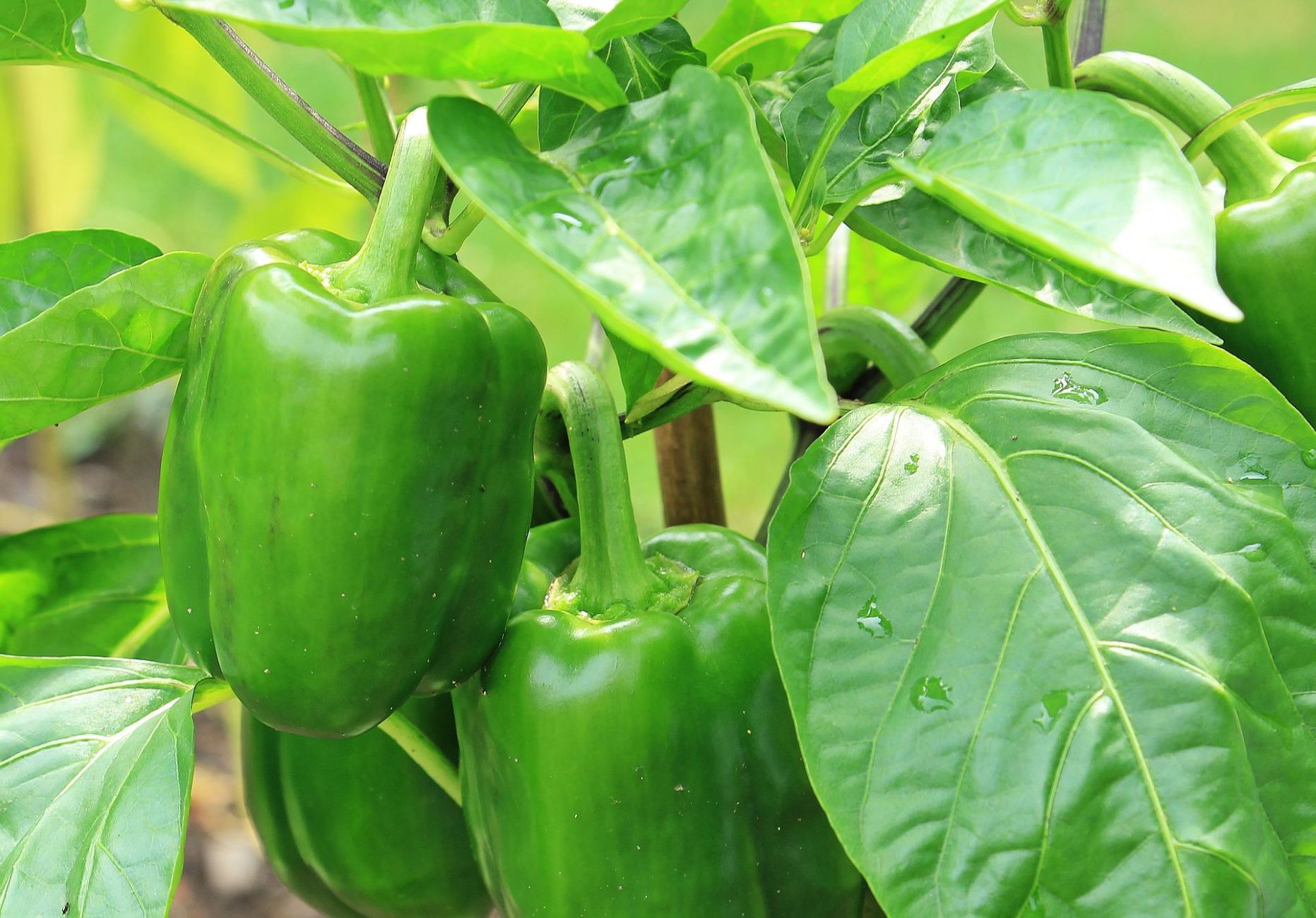

Garden Essentials
How To Save Green Pepper Seeds
Modified: August 17, 2024
Learn how to save green pepper seeds in your garden and enjoy a continuous supply of fresh produce. Simple and effective methods for seed preservation.
(Many of the links in this article redirect to a specific reviewed product. Your purchase of these products through affiliate links helps to generate commission for Storables.com, at no extra cost. Learn more)
Introduction
Welcome to our comprehensive guide on how to save green pepper seeds! If you’re an avid gardener looking to expand your plant collection or just someone who wants to try their hand at saving seeds, you’ve come to the right place. Green peppers, also known as bell peppers, are a popular vegetable with a delightful crisp texture and a vibrant color range. By saving their seeds, you can grow your own peppers for future harvests without having to rely on buying new plants or seeds each year.
In addition to the economic benefits, saving green pepper seeds also allows you to preserve the unique traits of a particular pepper variety. This can be especially useful if you’ve grown a pepper plant that has exceptional flavor, heat level, or disease resistance. By saving its seeds, you can ensure that these desirable characteristics are passed down to future generations of plants.
Not only is saving green pepper seeds a practical and cost-effective practice, but it is also a rewarding and educational experience. It gives you a deeper understanding of plant life cycles and the intricate process of seed production. Plus, it’s a great way to connect with nature, nurture your green thumb, and contribute to the preservation of heirloom and rare pepper varieties.
So, if you’re ready to start saving green pepper seeds and embark on a journey of plant propagation, let’s dive into the step-by-step process. By the end of this article, you’ll have all the knowledge and confidence to harvest, clean, dry, and store green pepper seeds to ensure successful germination and future pepper bounties.
Key Takeaways:
- Saving green pepper seeds is a cost-effective and educational way to grow your own peppers, preserve favorite varieties, and promote sustainability in gardening.
- To successfully save green pepper seeds, harvest ripe peppers, clean and dry the seeds thoroughly, and store them in cool, dark, and dry conditions. Happy gardening!
Read more: How To Save Cantaloupe Seeds
Benefits of Saving Green Pepper Seeds
Saving green pepper seeds offers a multitude of benefits that extend beyond simply growing more peppers. Here are some key advantages that make seed saving a valuable practice for gardeners:
- Cost Savings: By saving green pepper seeds, you eliminate the need to purchase new seeds or plants each growing season. This cost-saving measure can be especially significant if you have a large garden or if you grow peppers on a commercial scale. Saving seeds allows you to be self-sufficient and reduce your gardening expenses.
- Preserving Favorite Varieties: If you have a particular green pepper variety that you absolutely love, saving its seeds ensures that you can continue growing the same delicious peppers year after year. This is particularly important for heirloom or unique pepper varieties that may not be readily available in nurseries or seed catalogs.
- Genetic Diversity: Saving green pepper seeds helps promote genetic diversity within the pepper plant population. By collecting seeds from different plants and allowing them to cross-pollinate naturally, you contribute to the preservation of genetic variation. This diversity can help plants adapt to changing environmental conditions and resist diseases and pests.
- Education and Learning: Seed saving is a hands-on learning experience that deepens your understanding of plant biology and the intricate process of seed production. By observing the stages of seed development and germination, you gain valuable insights into plant life cycles and the factors that influence successful reproduction.
- Sustainable Gardening: Saving seeds aligns with the principles of sustainable gardening. It reduces the reliance on commercial seed sources and supports local seed-saving initiatives. By cultivating your own seeds, you contribute to the preservation of heirloom and open-pollinated varieties, which helps maintain biodiversity and protect plant genetic resources.
These benefits highlight the value of saving green pepper seeds for both individual gardeners and the larger community of plant enthusiasts. Not only does seed saving offer economical advantages and the ability to preserve desirable traits, but it also promotes sustainability, education, and biodiversity. So why not give it a try and start saving your own green pepper seeds today?
Step 1: Harvesting Green Pepper Seeds
The first step in saving green pepper seeds is to properly harvest them from the ripe peppers. Here’s how to do it:
- Selecting Ripe Peppers: Choose fully mature green peppers for seed harvesting. Look for peppers that have reached their fully developed size and have a glossy skin. Avoid peppers with any signs of rot or disease.
- Preparing the Work Area: Set up a clean and dry work area where you can comfortably handle the peppers and collect the seeds. Have a clean cutting board, knife, and a bowl or container ready.
- Removing the Seeds: Cut open the green pepper lengthwise, from stem to tip. Using a gentle scraping motion with the knife or your fingers, remove the seeds and placenta (the white membrane that holds the seeds) from the pepper. Try to remove as many seeds as possible without damaging them.
- Separating the Seeds: Transfer the seeds and placenta to a bowl or container. Use your fingers or a spoon to further separate the seeds from the placenta, discarding any remaining flesh or debris. Rinse the seeds with cool water to remove any lingering residue.
- Drying the Seeds: Spread the harvested green pepper seeds in a single layer on a clean paper towel or a fine-mesh screen. Place them in a well-ventilated area away from direct sunlight. Allow the seeds to air dry for about one to two weeks until they are completely dry. Stir or shuffle them occasionally to ensure even drying.
Harvesting green pepper seeds is a straightforward process that can be easily done at home. By selecting ripe peppers and carefully removing the seeds, you set the stage for the next steps of cleaning, drying, and storing the seeds. These harvested seeds will serve as the foundation for future pepper plants, ensuring their successful germination and growth.
Now that you have harvested the green pepper seeds, let’s move on to the next step: cleaning them to remove any remaining debris or pulp.
Step 2: Cleaning the Seeds
After harvesting green pepper seeds, it’s important to clean them to remove any remaining debris or pulp. Here’s how to clean the seeds effectively:
- Preparing the Seeds: Transfer the dried green pepper seeds from the drying area to a clean and dry work surface. Ensure that there are no other seeds or plant material mixed with the batch you’re cleaning.
- Removing Larger Debris: Pick out any larger pieces of debris, such as stem fragments or pieces of pepper flesh, using your fingers or a pair of tweezers. Discard these debris pieces.
- Water Soaking: Place the remaining green pepper seeds in a small bowl or container. Add enough water to cover the seeds and let them soak for about 24 hours. This soaking process helps soften any remaining pulp or residue attached to the seeds.
- Rinsing: After soaking, gently pour off the water along with any floating debris. Rinse the seeds under running water while using your fingers to rub them lightly. This helps remove any remaining pulp or residue that may be stuck to the seeds.
- Drying Again: Once the seeds are thoroughly rinsed, spread them out on a clean paper towel or a fine-mesh screen to air dry. Ensure that they are spread in a single layer and not clumped together. Leave them to dry in a well-ventilated area for a few days until they are completely dry.
Cleaning the green pepper seeds is a crucial step in seed saving as it helps remove any potential contaminants that could affect the quality and viability of the seeds. By removing debris and rinsing off residues, you create optimal conditions for successful germination and healthy pepper plants.
Now that the green pepper seeds are clean and dry, it’s time to move on to the next step: drying them properly to ensure long-term storage and preservation.
To save green pepper seeds, simply remove the seeds from a ripe pepper, rinse off any pulp, and lay them out to dry on a paper towel. Once dry, store them in a cool, dry place until ready to plant.
Step 3: Drying the Seeds
Properly drying the green pepper seeds is crucial to ensure their long-term viability and preservation. Here’s how to dry the seeds effectively:
- Preparing the Drying Area: Choose a well-ventilated and dry area for seed drying. Avoid areas with high humidity or direct sunlight, as they can affect the quality of the seeds. It’s best to use a cool, dark room or a dry location with good airflow.
- Spread the Seeds: Take the clean and dry green pepper seeds and spread them out in a single layer on a clean paper towel or a fine-mesh screen. Ensure that the seeds are evenly spaced and not touching each other. This allows for proper air circulation during the drying process.
- Allow Air Drying: Leave the seeds undisturbed in the drying area for about two to three weeks. During this time, the seeds will gradually lose any remaining moisture. It’s important not to rush the drying process, as moisture can lead to mold or fungal growth, which can damage the seeds.
- Check for Dryness: After the initial drying period, check the seeds for dryness. They should feel hard and brittle to the touch. If there is any residual moisture or flexibility, leave them to dry for a few more days until they reach the desired dryness.
- Seed Testing: To ensure that the seeds are completely dry and ready for storage, conduct a simple seed test. Take a couple of seeds and try to snap them in half. If they break cleanly without any bending or resistance, it indicates that they are fully dried and suitable for storage.
Properly drying the green pepper seeds is essential to prevent mold, decay, and loss of viability. By ensuring that the seeds are thoroughly dry, you lay the groundwork for successful germination and healthy pepper plants in the future.
Now that the green pepper seeds are dried to perfection, it’s time for the final step: storing them correctly to maintain their quality over time.
Read more: How To Save Watermelon Seeds
Step 4: Storing the Seeds
Once the green pepper seeds are thoroughly dried, it’s important to store them properly to maintain their viability and quality. Follow these steps to store your seeds correctly:
- Clean and Dry Storage Containers: Prepare clean, dry, and airtight containers for seed storage. Choose containers such as glass jars, envelopes, or seed storage bags. Ensure that the containers are completely dry to prevent any moisture buildup that could damage the seeds.
- Labeling: Clearly label each storage container with the variety and date of seed collection. This will help you keep track of the seeds and their viability in the future.
- Place the Seeds: Transfer the dried green pepper seeds into the storage containers. Fill the containers to about 75% capacity to allow for any changes in seed volume due to temperature and humidity fluctuations.
- Adding Desiccants: To further ensure proper seed storage, consider adding a desiccant packet or a small amount of powdered milk to absorb any residual moisture inside the container. This helps keep the seeds dry and reduces the risk of mold or fungal growth.
- Store in a Cool and Dark Location: Find a suitable storage location that is cool, dark, and dry. Ideally, the temperature should be around 40-50°F (4-10°C). Keep the containers away from direct sunlight, extreme temperature fluctuations, and high humidity areas such as the kitchen or bathroom.
- Regularly Check for Viability: To ensure the long-term viability of the stored green pepper seeds, it’s important to periodically check their germination rates. Every year or two, conduct a germination test by planting a small sample of the seeds and observing how many successfully sprout. This will help you determine if the seeds are still viable and if you need to refresh your seed stock if necessary.
By following these steps, you can store your green pepper seeds properly and maintain their quality for years to come. Proper storage ensures that the seeds retain their viability and are ready to germinate when the time comes to plant them.
With the completion of this final step, you have successfully learned how to save green pepper seeds. By harvesting, cleaning, drying, and storing the seeds, you have taken a step towards self-sufficiency, preserving heirloom varieties and contributing to a more sustainable gardening practice. Enjoy the process of growing your own peppers from the seeds you’ve saved!
Tips for Successful Seed Saving
Saving green pepper seeds is a rewarding and valuable practice for any gardener. To increase your chances of successful seed saving, here are some tips to keep in mind:
- Choose Open-Pollinated Varieties: Select open-pollinated or heirloom green pepper varieties for seed saving. These varieties are more likely to produce seeds that are true-to-type, meaning they will closely resemble the parent plant.
- Isolate Varieties: To avoid accidental cross-pollination, keep different pepper varieties adequately separated. This can be achieved by placing physical barriers or utilizing distance to prevent pollination between different varieties.
- Harvest Fully Ripe Peppers: Ensure that the green peppers are fully mature and ripe before harvesting seeds. This allows for optimal seed development and maturity.
- Practice Good Hygiene: Maintain cleanliness throughout the seed saving process. Use clean utensils, work surfaces, and containers to minimize the risk of contamination or the introduction of pests or disease.
- Monitor Seed Development: Regularly check on the peppers as they ripen to determine the optimal time for seed harvest. Seeds should be allowed to fully develop inside the pepper before harvesting.
- Use Proper Drying Techniques: Ensure thorough drying of the seeds before storing them. Improperly dried seeds can lead to mold, fungal growth, or reduced viability. Allow enough time for complete drying to achieve the desired seed moisture level.
- Label and Date Seeds: Properly label each storage container with the variety name and date of seed collection. This helps you keep track of the seeds and their viability, preventing confusion or uncertainty in the future.
- Regularly Test Seed Viability: Periodically conduct germination tests to check the viability of stored seeds. This will help you determine their germination rates and whether you need to refresh your seed stock.
- Share and Exchange Seeds: Consider participating in seed swaps or exchanges to expand your seed collection and connect with fellow gardeners. Sharing seeds helps preserve plant diversity and promotes community engagement.
- Continue Learning and Experimenting: Seed saving is an ongoing learning process. Embrace experimentation, learn from your experiences, and continuously seek knowledge to improve your seed saving techniques.
By following these tips, you can enhance your seed saving success and enjoy the benefits of a self-sustaining garden. Saving green pepper seeds not only allows you to preserve heirloom varieties but also empowers you as a gardener to have more control over your own food production.
Happy seed saving!
Conclusion
Congratulations! By following this comprehensive guide on how to save green pepper seeds, you have gained the knowledge and skills to embark on an exciting seed-saving journey. Saving green pepper seeds offers numerous benefits, including cost savings, the preservation of favorite varieties, genetic diversity, and sustainability.
Throughout the process, you learned how to harvest mature peppers, clean the seeds, dry them properly, and store them in the ideal conditions for long-term viability. By adopting good seed-saving practices and following the tips provided, you can enhance your chances of success and maintain the quality of your saved seeds.
Remember, seed saving is not only practical but also educational and rewarding. It allows you to deepen your understanding of plant life cycles, promote plant biodiversity, and preserve heirloom varieties. You are actively participating in the age-old tradition of seed saving, contributing to the resilience of our food system and the legacy of gardening.
As you continue your gardening journey, seize the opportunity to experiment with different pepper varieties, share seeds with fellow gardeners, and expand your collection. Your green thumb and love for plants will flourish as you nurture and cultivate your own pepper plants using the seeds you’ve saved.
So, what are you waiting for? Start saving your green pepper seeds today and enjoy the joy and satisfaction of growing your own delicious peppers year after year. Happy gardening!
Frequently Asked Questions about How To Save Green Pepper Seeds
Was this page helpful?
At Storables.com, we guarantee accurate and reliable information. Our content, validated by Expert Board Contributors, is crafted following stringent Editorial Policies. We're committed to providing you with well-researched, expert-backed insights for all your informational needs.
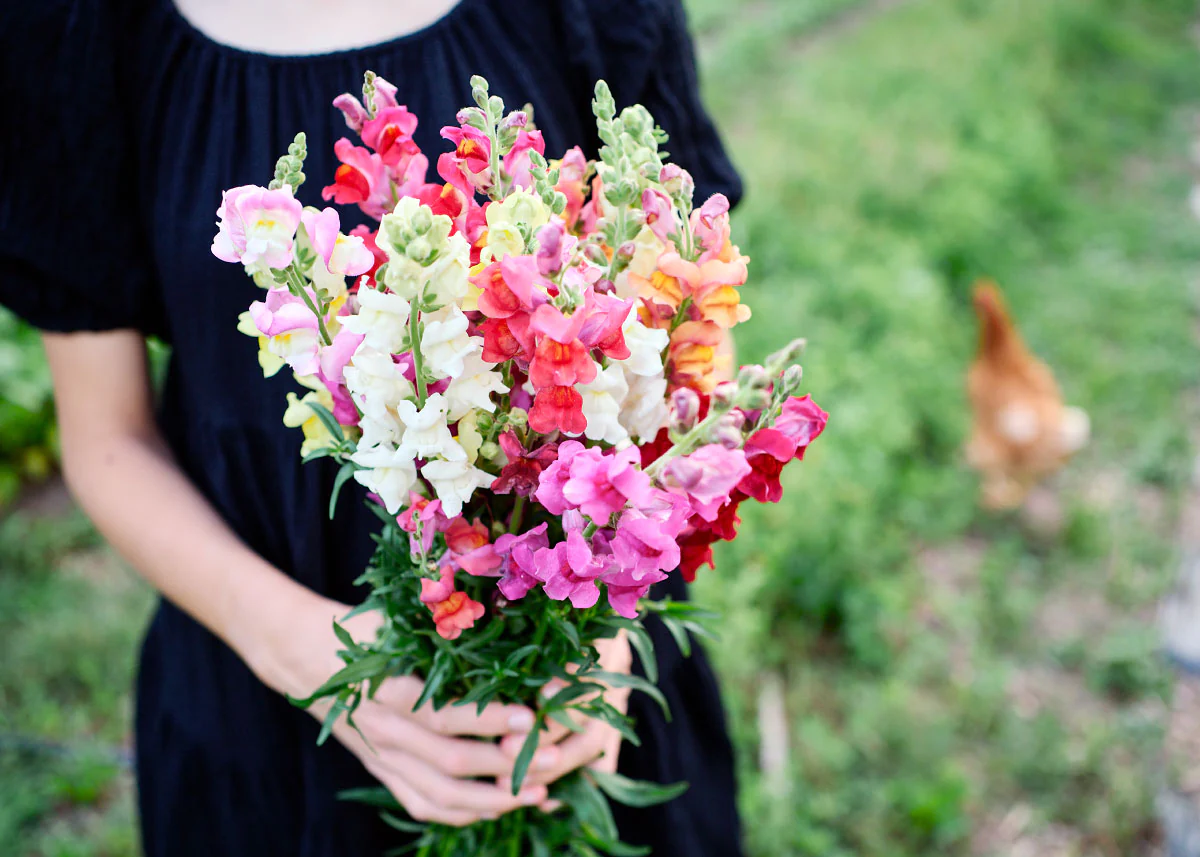
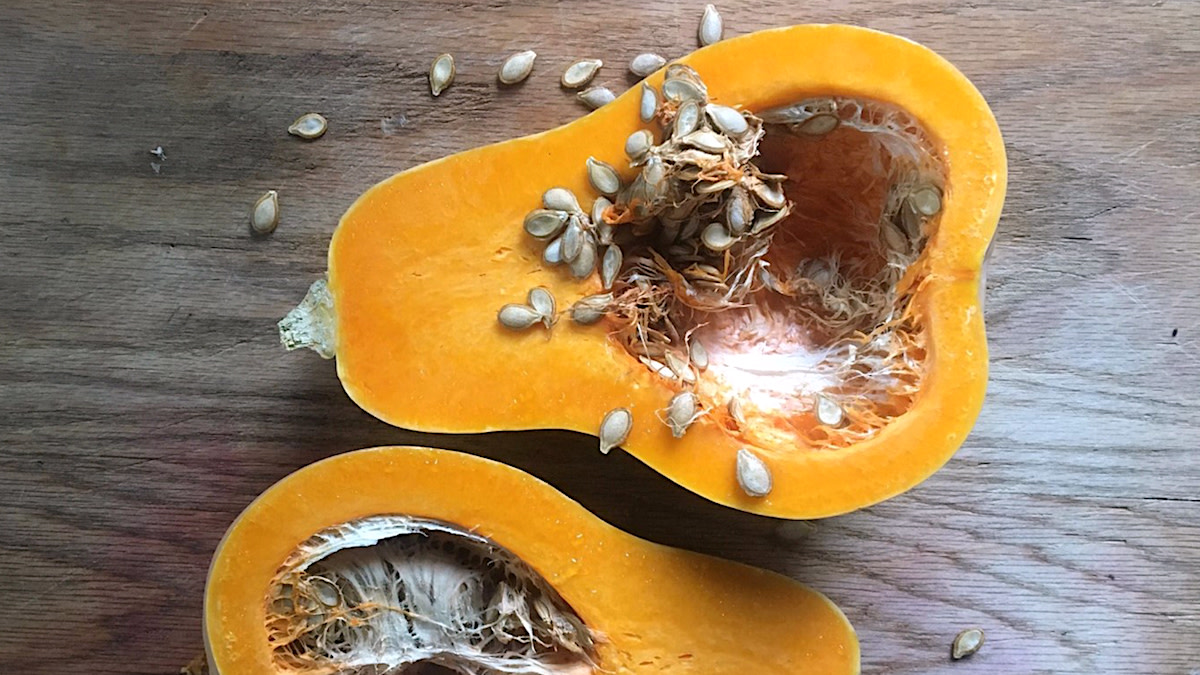
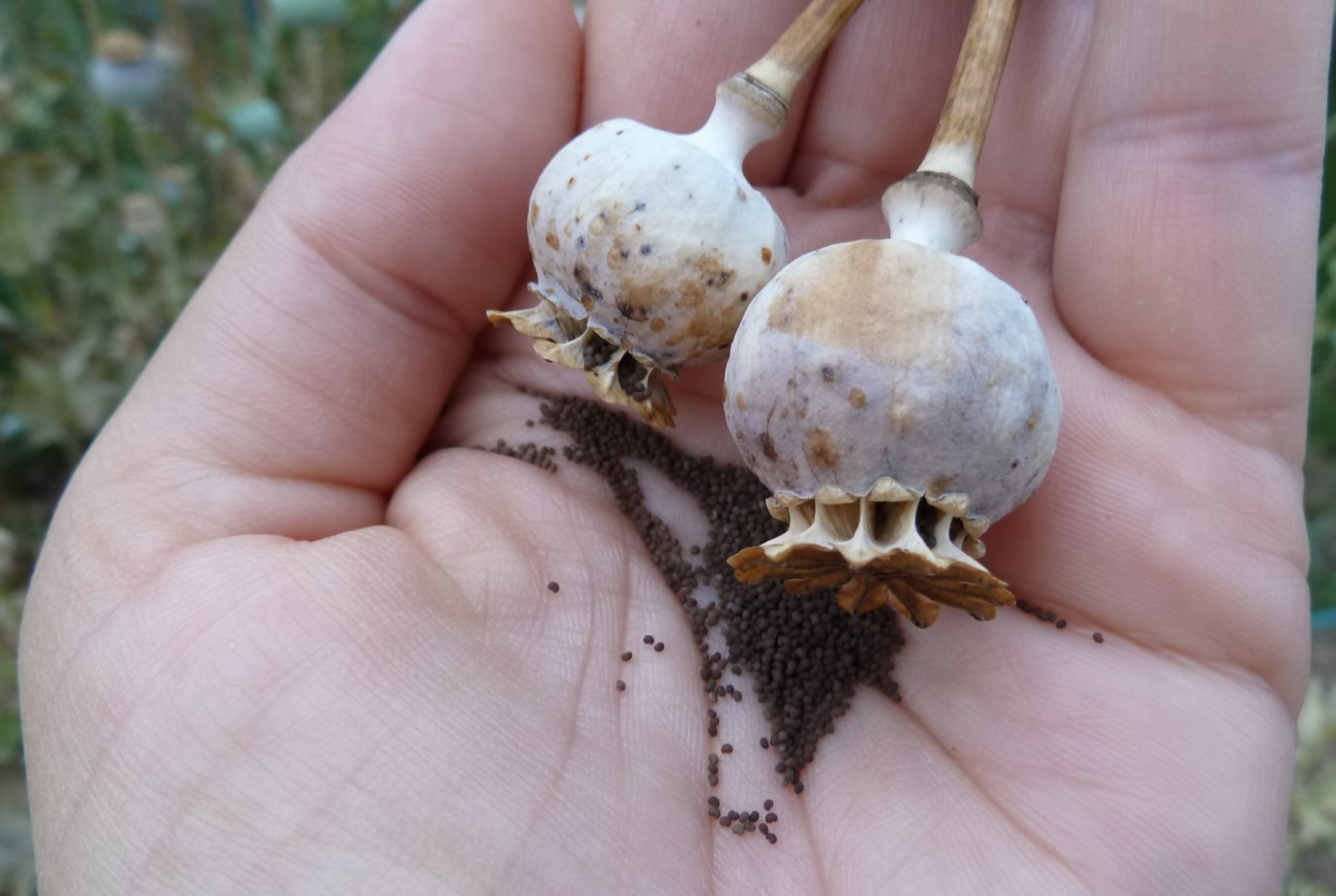
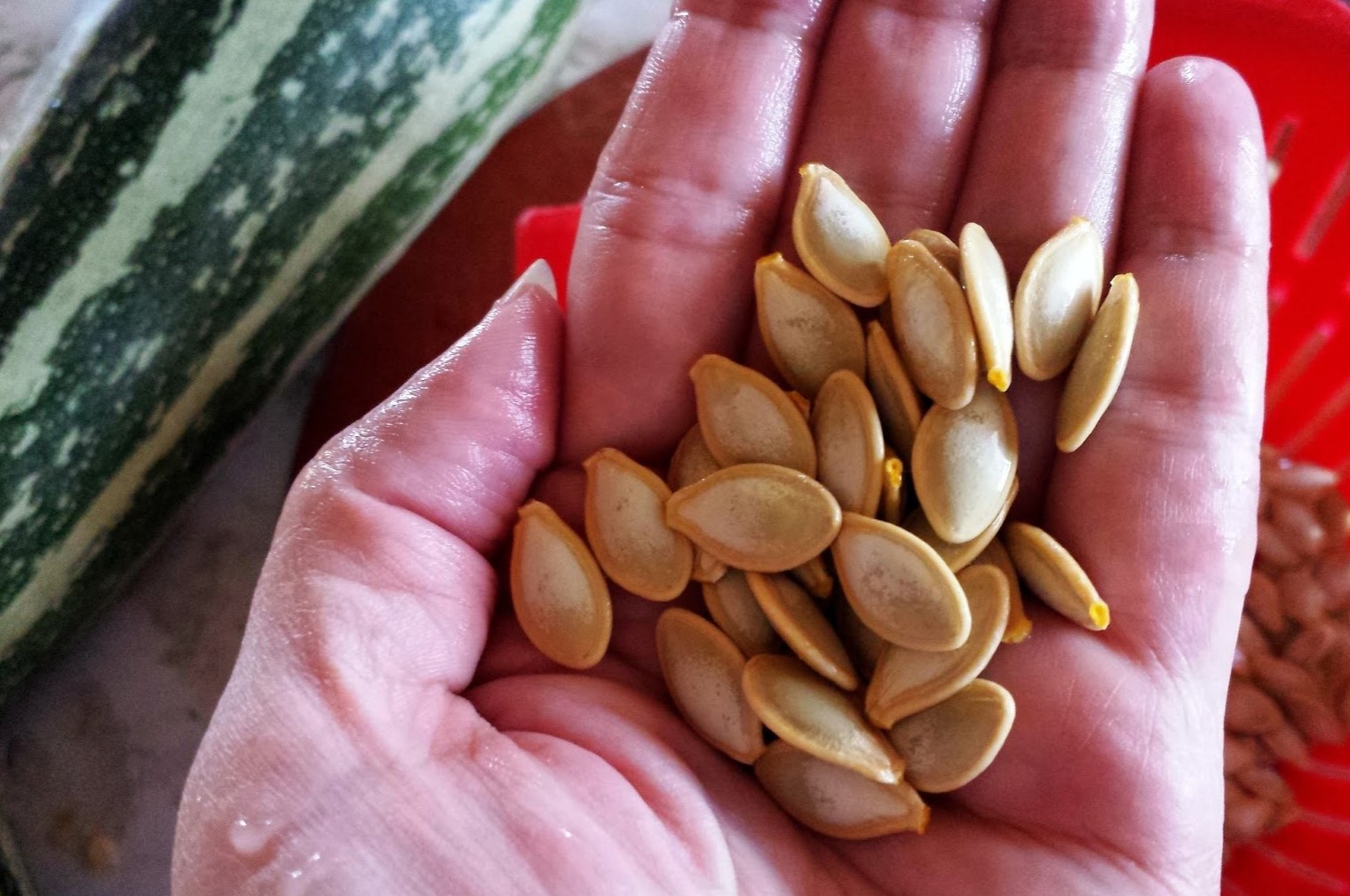

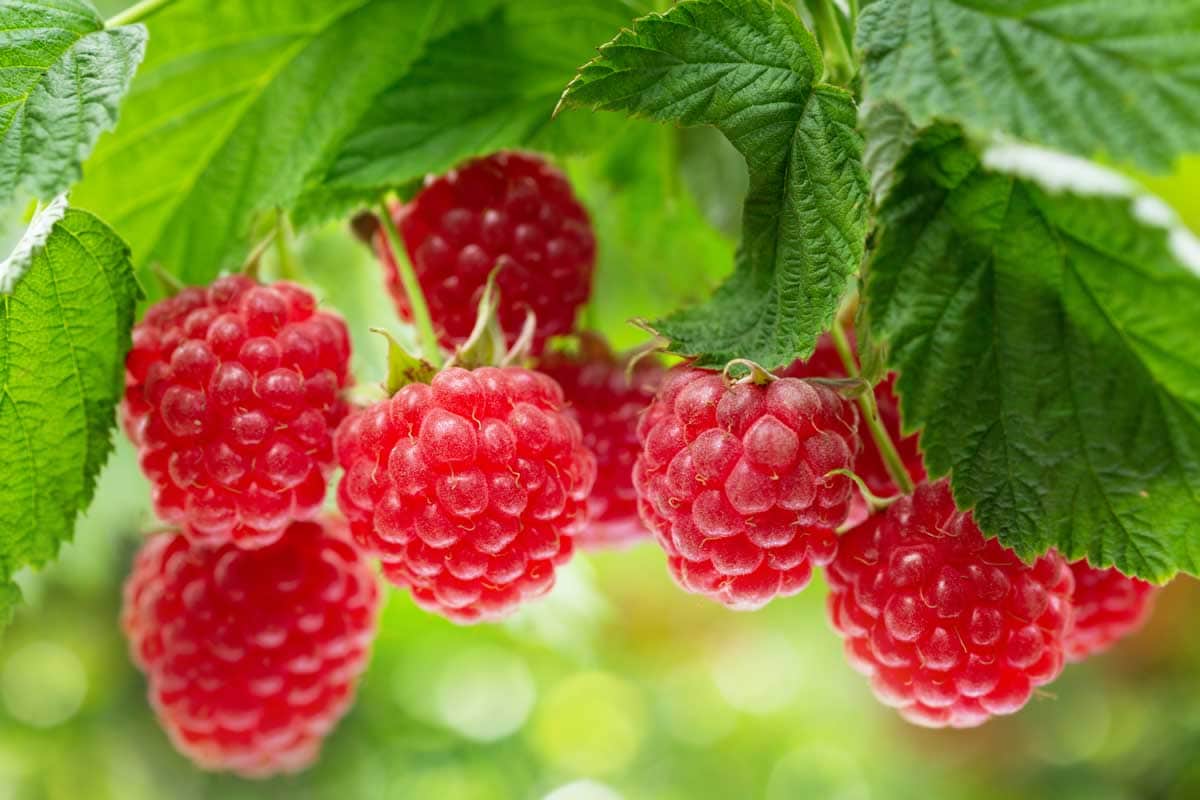
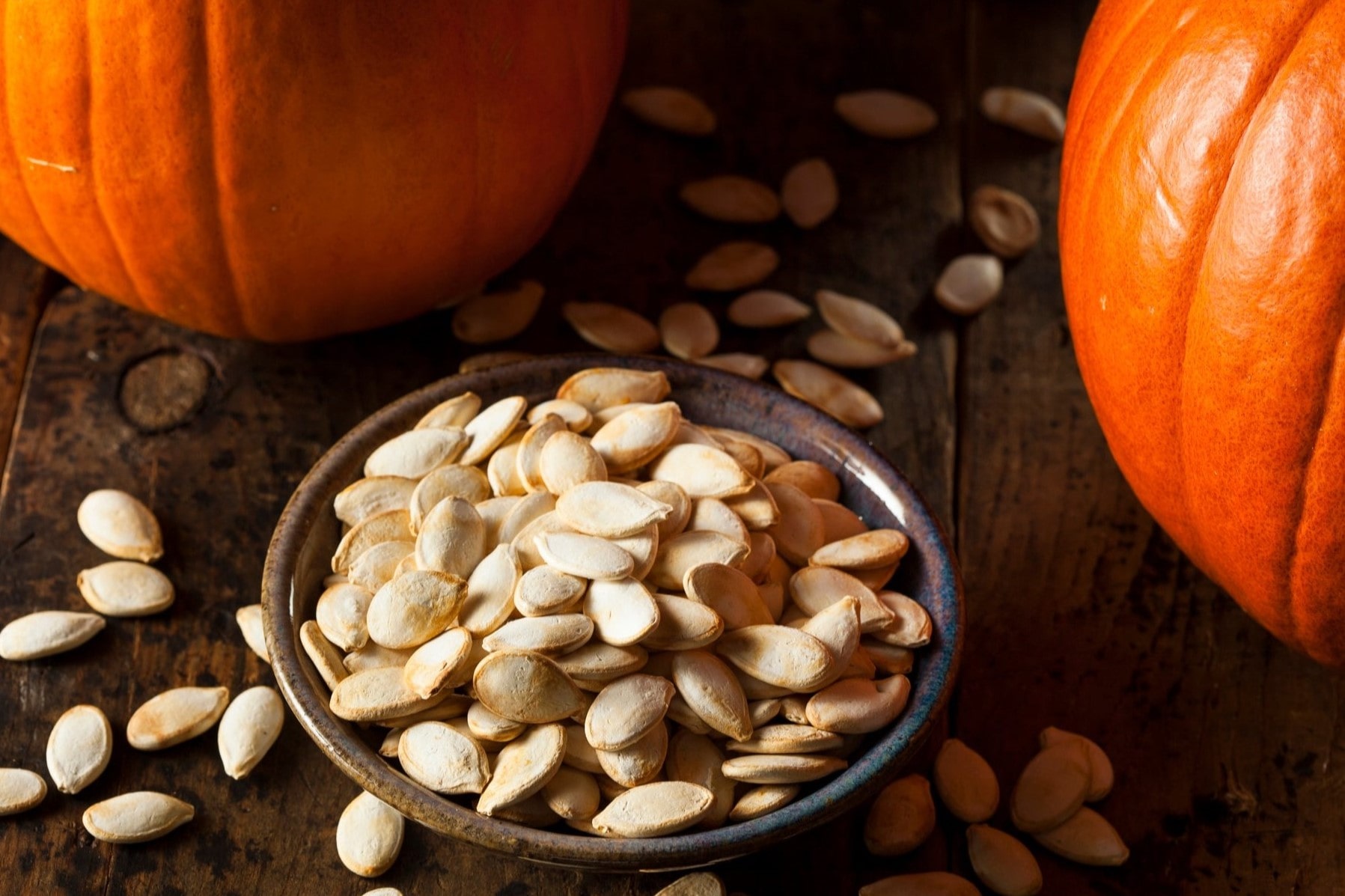
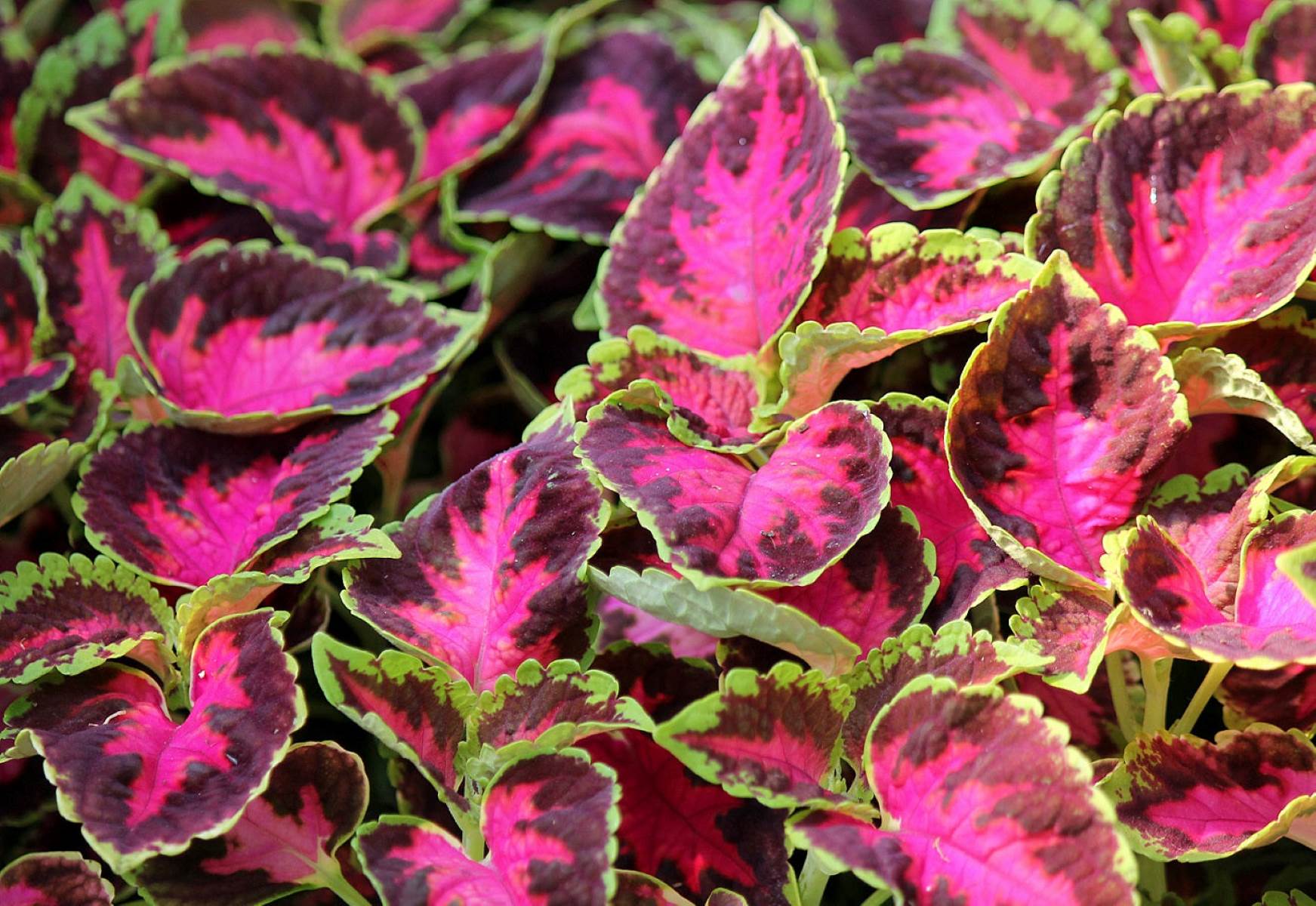
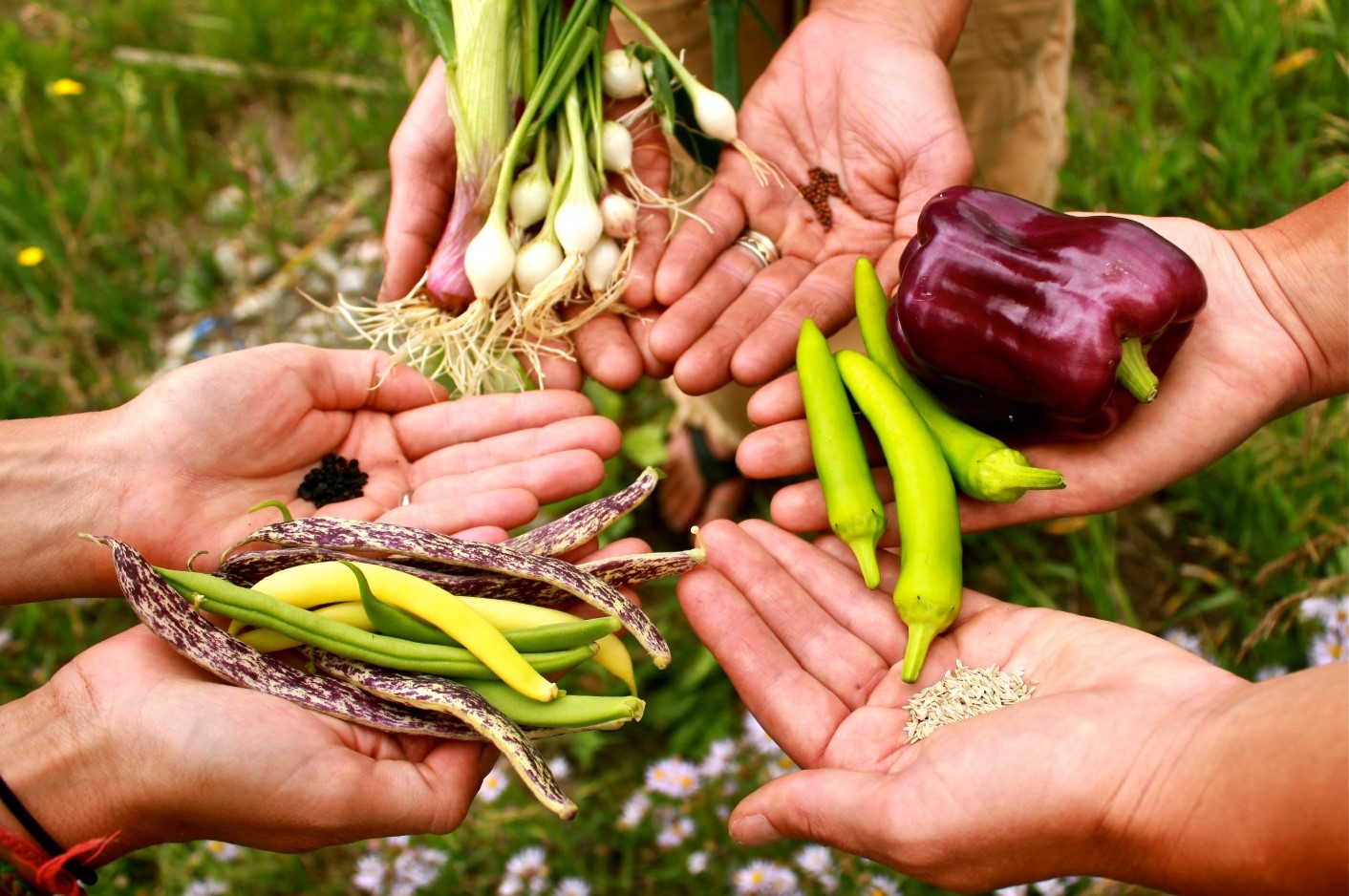
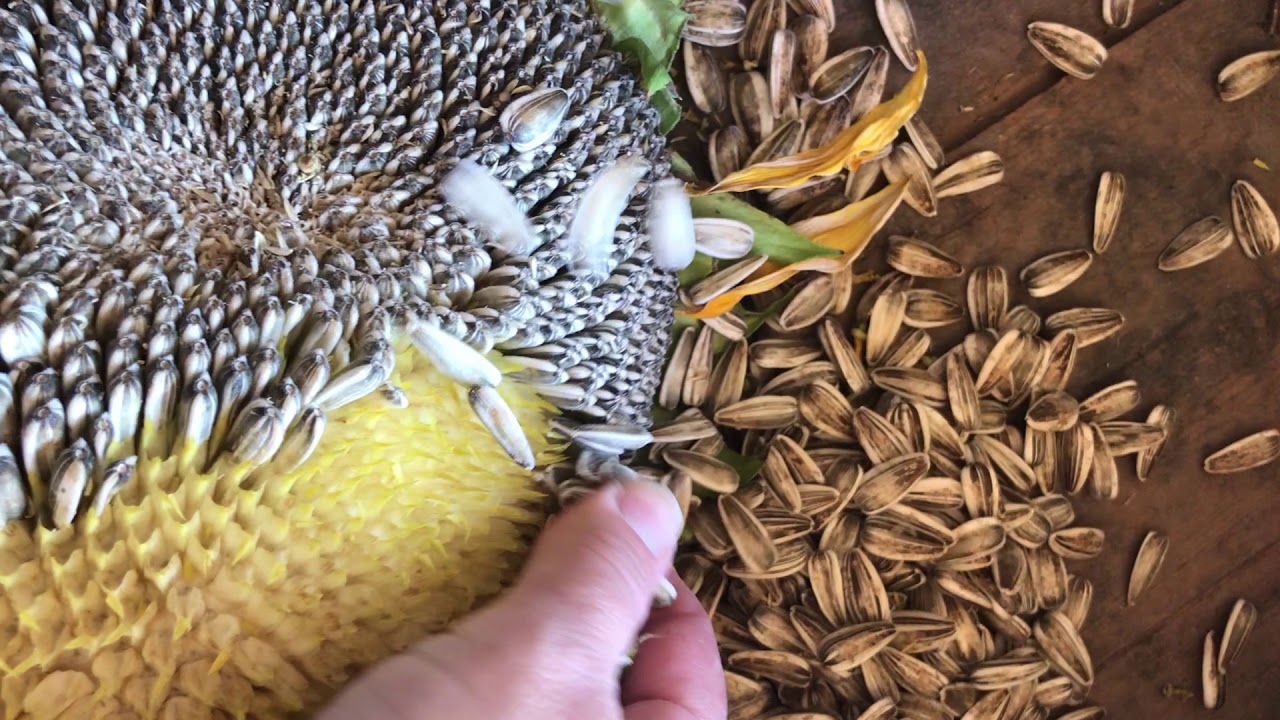
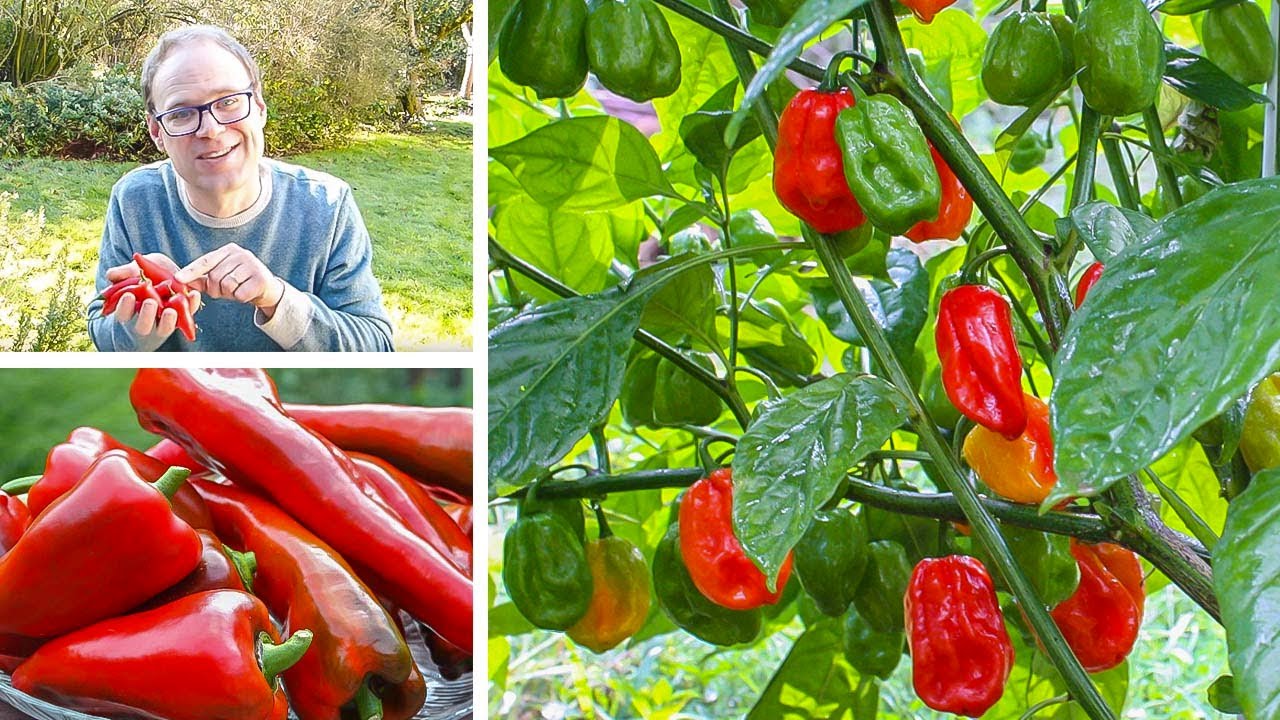
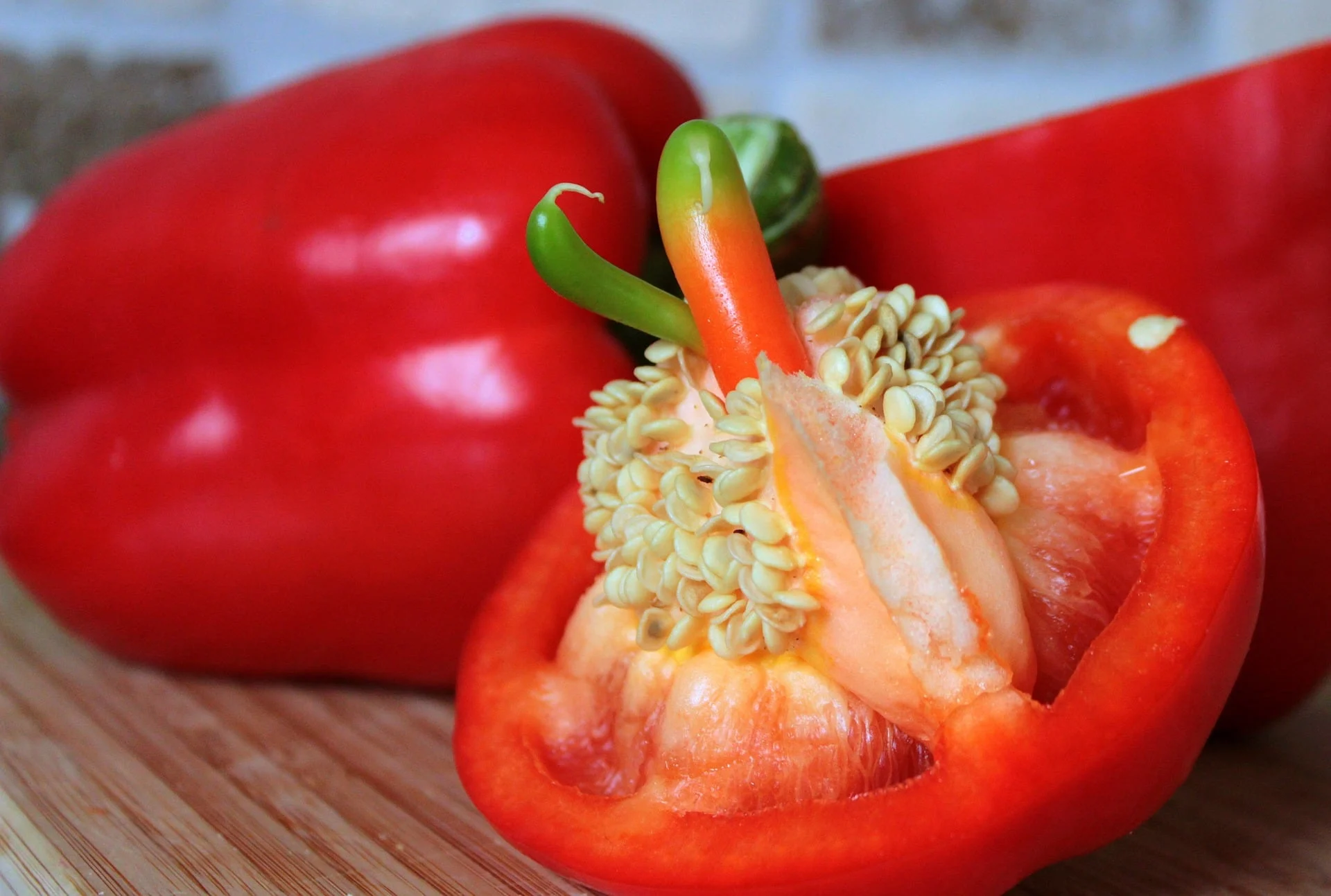
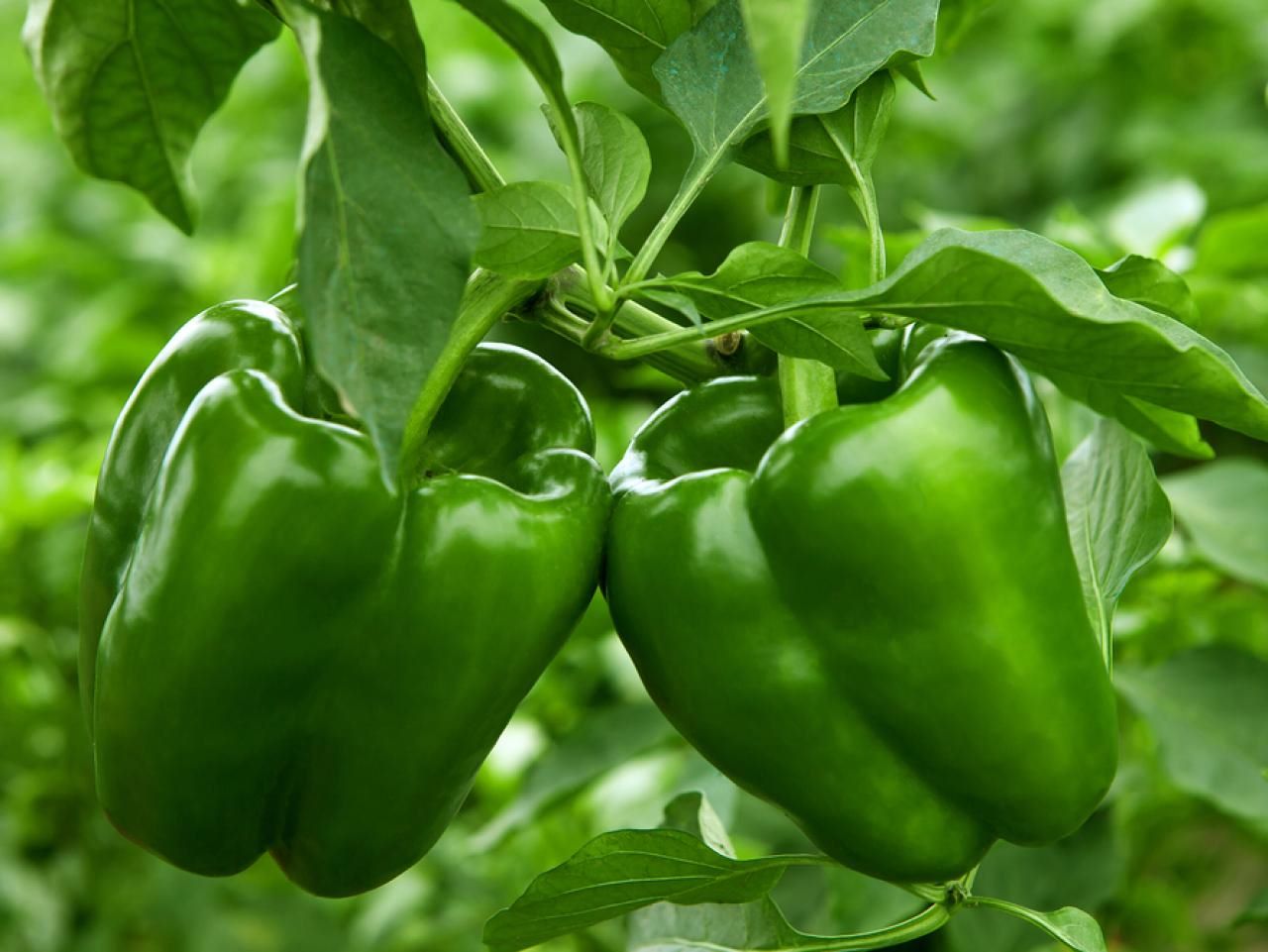
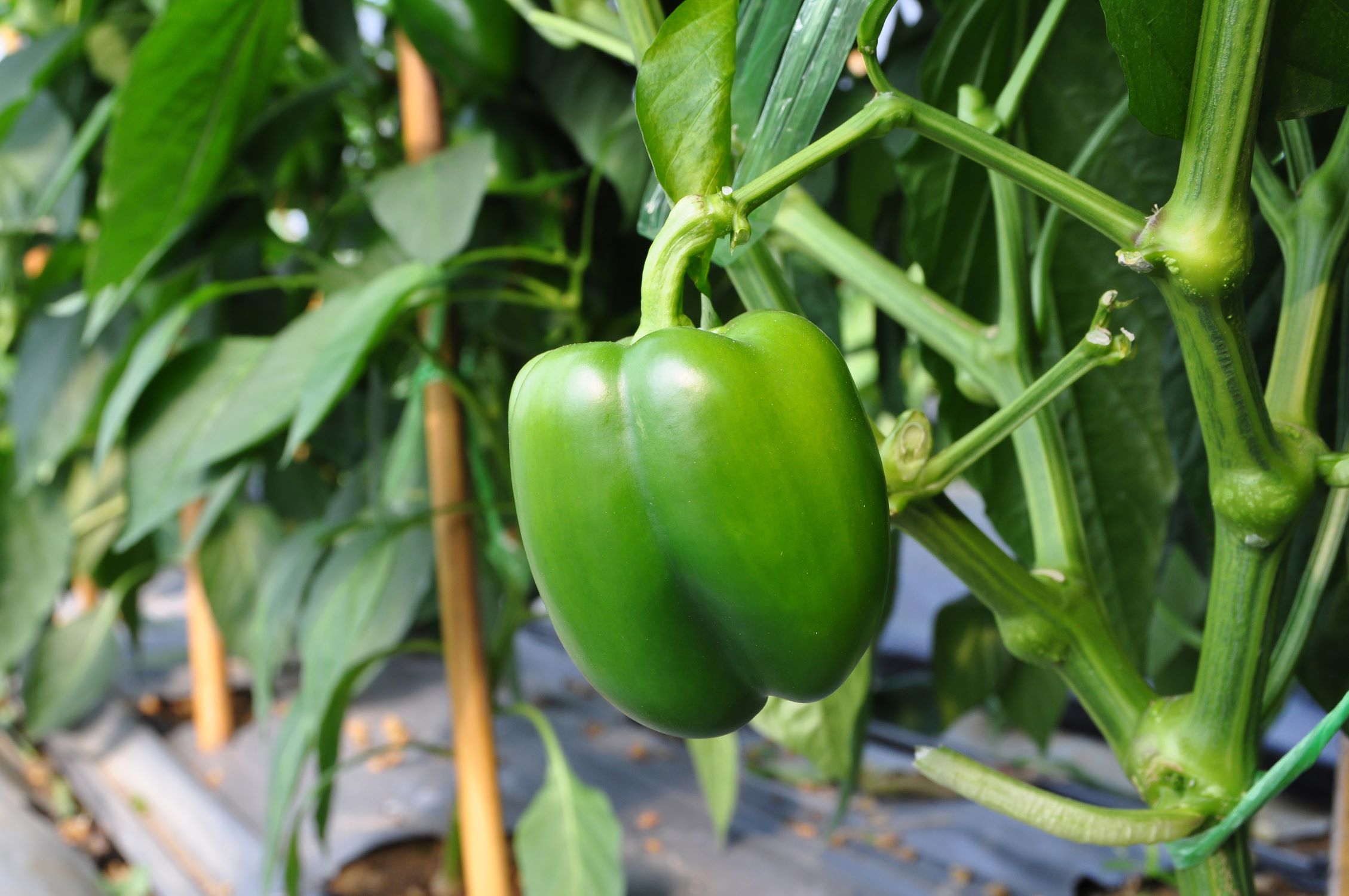

0 thoughts on “How To Save Green Pepper Seeds”